The International Monetary Fund (IMF) has warned that the United States’ artificial intelligence (AI) spending spree bears unsettling similarities to the late-1990s dot-com bubble, even as markets continue to soar on AI optimism.
In its latest World Economic Outlook report, the IMF cautioned that the scale of AI-related investment, corporate valuations and speculative enthusiasm all “echo” the internet boom that ended in one of the most dramatic market crashes in modern history.
“There are echoes in the current tech investment surge of the dot-com boom of the late 1990s. It was the internet then. It is AI now,” said Pierre-Olivier Gourinchas, the IMF’s Director of Research.
Gourinchas said surging valuations, heavy capital expenditure and strong consumer demand tied to AI have helped keep US growth resilient. Yet he stopped short of forecasting a repeat of the 2000 crash, when the S&P 500 lost half its value in two years.
“Whether this will be followed by a market correction, I don’t think anyone can tell for sure,” he added.
AI frenzy reaches historic scale
According to IMF estimates, AI-related capital expenditure is projected to reach around 2% of US GDP this year, an extraordinary figure that underscores how central the technology has become to the economy. Without AI-linked investment, overall business spending in the US would likely be trending downward amid lingering uncertainty over President Donald Trump’s tariff policies.
The United States remains far ahead of the rest of the world in AI investment, with tech giants Amazon, Meta, Microsoft and Alphabet collectively spending hundreds of billions of dollars to expand data centres and strengthen AI infrastructure.
Impact Shorts
More ShortsThat torrent of investment has helped push Wall Street to record highs in 2025. Today, just five major technology firms account for about one-third of the S&P 500’s total market value, a level of concentration that analysts say makes the index more vulnerable to sector-specific shocks.
The IMF’s comparison to the dot-com era is not without reason. In the 1990s, investors poured vast sums into internet startups with little more than a website and a pitch deck, only for the bubble to burst when profits failed to materialise.
By contrast, today’s AI leaders including OpenAI, Nvidia, Microsoft and others have real products, revenue streams and dominant positions in the emerging AI ecosystem. But the scale of investment, along with speculation over AI’s long-term economic potential, has prompted fresh warnings that the market may be overheating.
The IMF’s assessment follows a similar caution issued last week by the Bank of England, which noted that global financial regulators are increasingly alert to the risk of overvaluation in the technology sector. Still, investors remain largely undeterred, viewing AI as too transformative to ignore.
OpenAI’s trillion-dollar hardware push
The IMF’s warning comes as OpenAI, the company at the centre of the current AI wave, embarks on one of the largest hardware buildouts in history.
On Monday, OpenAI announced a new partnership with semiconductor manufacturer Broadcom to co-develop and deploy 10 gigawatts of custom AI accelerator hardware between 2026 and 2029.
Broadcom president and CEO Hock Tan called the agreement “a pivotal moment in the pursuit of artificial general intelligence,” adding that it would “pave the way for the future of AI.”
Although the companies have not disclosed financial details, the Financial Times estimated the project could cost OpenAI between $350 billion and $500 billion.
The Broadcom deal is part of a broader spending blitz by OpenAI and its partners. Last week, the company unveiled a six-gigawatt chip purchase from AMD valued in the tens of billions of dollars. In September, Nvidia announced a $100 billion investment in OpenAI and a letter of intent to supply 10 gigawatts of AI hardware. Around the same time, reports emerged of a $300 billion cloud infrastructure deal between OpenAI and Oracle, though neither firm has confirmed it publicly.
Analysts say this kind of interlinked capital flow where companies invest in one another’s infrastructure and technology platforms represents a form of “circular financing” reminiscent of past bubbles, raising questions about sustainability if demand growth slows.
Echoes of the dot-com era
The IMF’s analysis suggests that while today’s AI revolution is built on more substantial foundations than the dot-com era, the dynamics of investor psychology remain strikingly similar. The combination of exuberant expectations, massive capital deployment and a handful of dominant players driving market sentiment is precisely what led to the internet crash two decades ago.
Yet unlike in 2000, AI is already reshaping productivity, consumer applications and industrial systems. That gives policymakers and investors reason to believe the sector’s long-term value could justify at least some of the current froth.
Still, the risk of a correction cannot be dismissed. With AI-related investments expected to consume an unprecedented share of US GDP, the fallout from any slowdown could ripple across not only the technology sector but also the broader economy.
For now, markets remain confident. As Gourinchas put it, “It was the internet then. It is AI now”, a reminder that history may not repeat itself, but it often rhymes.


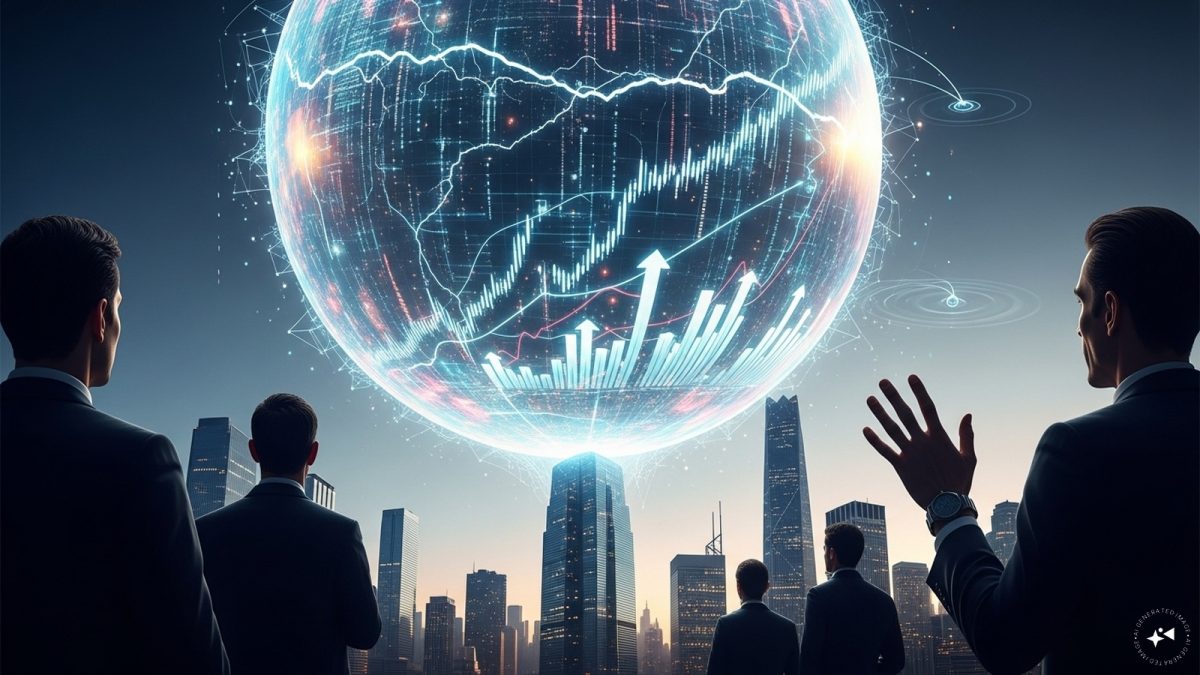)

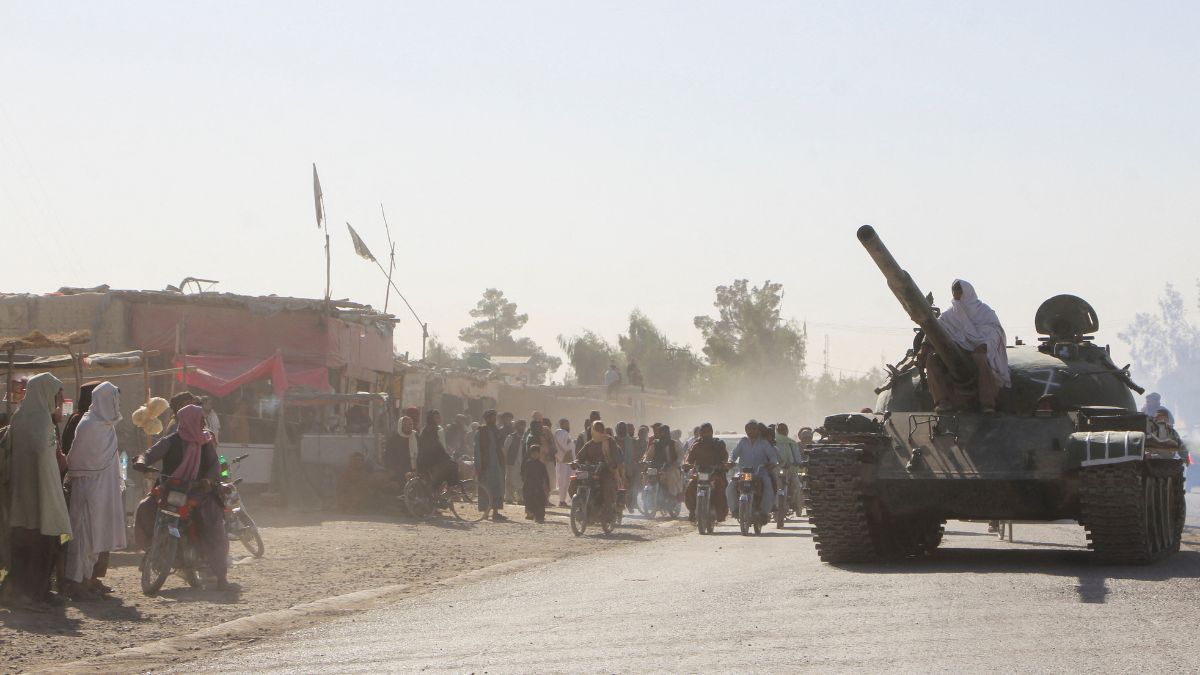)
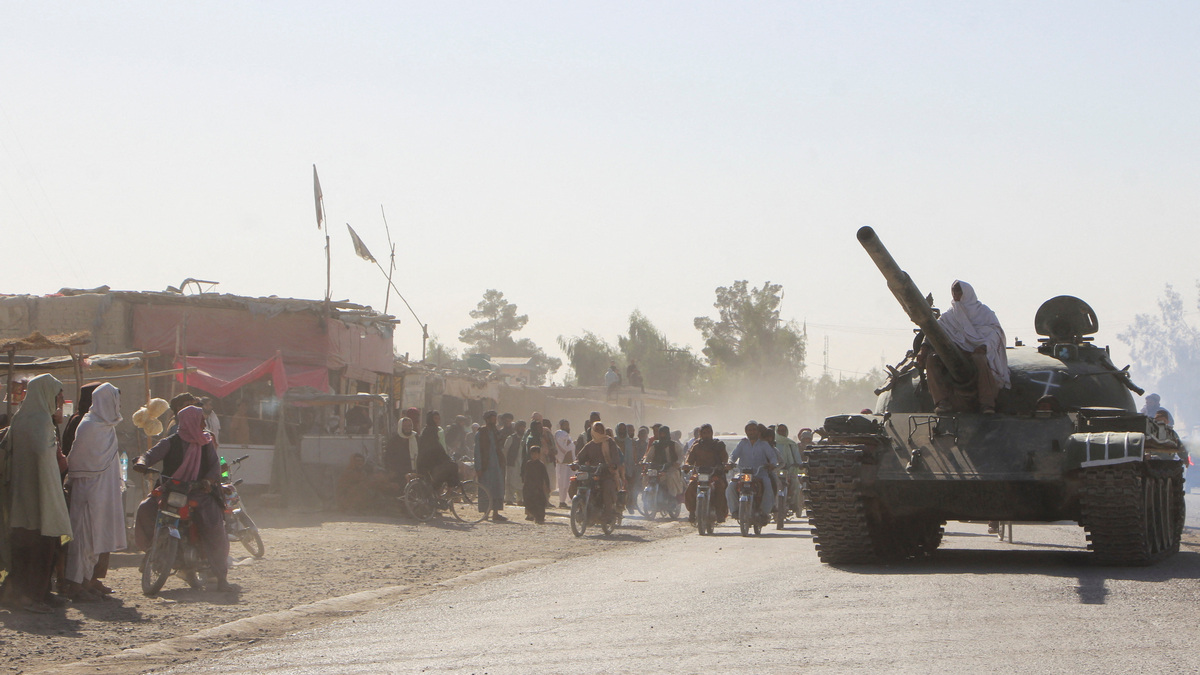)
)
)
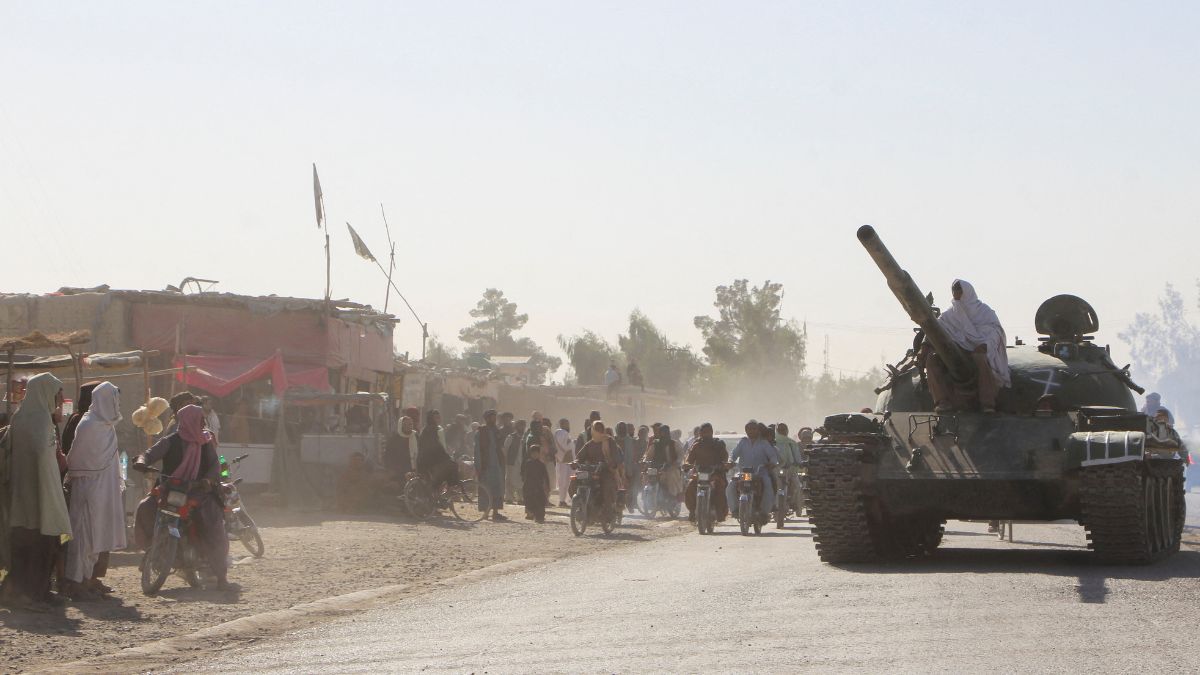)
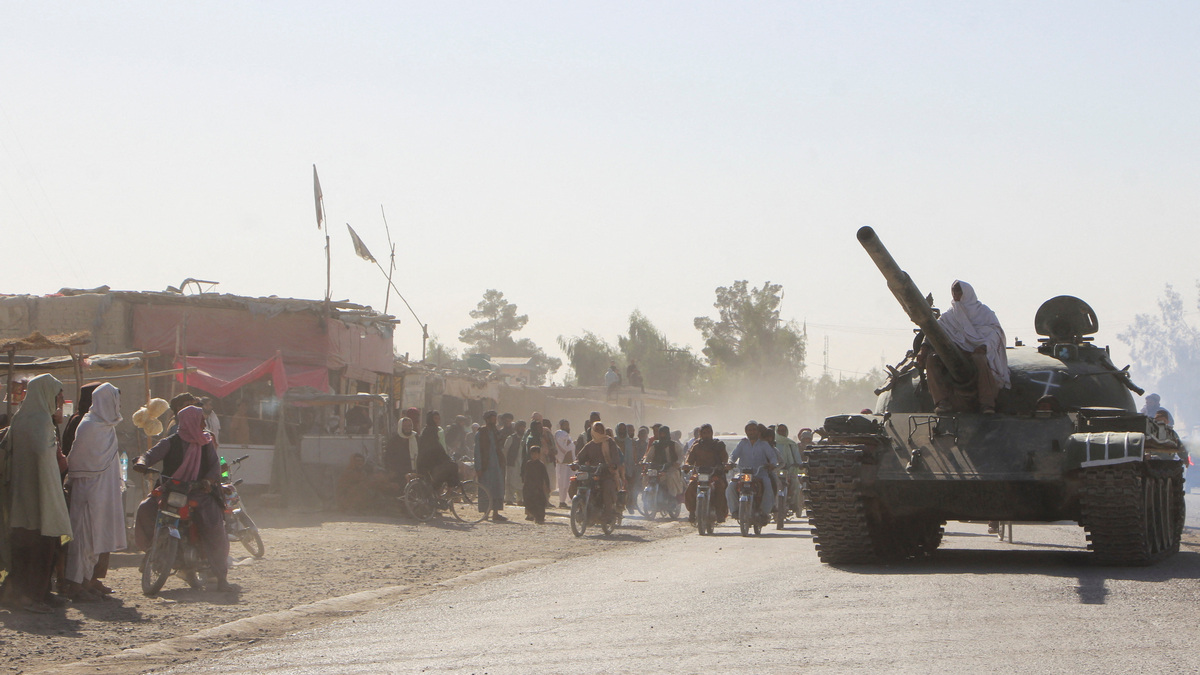)
)
)



